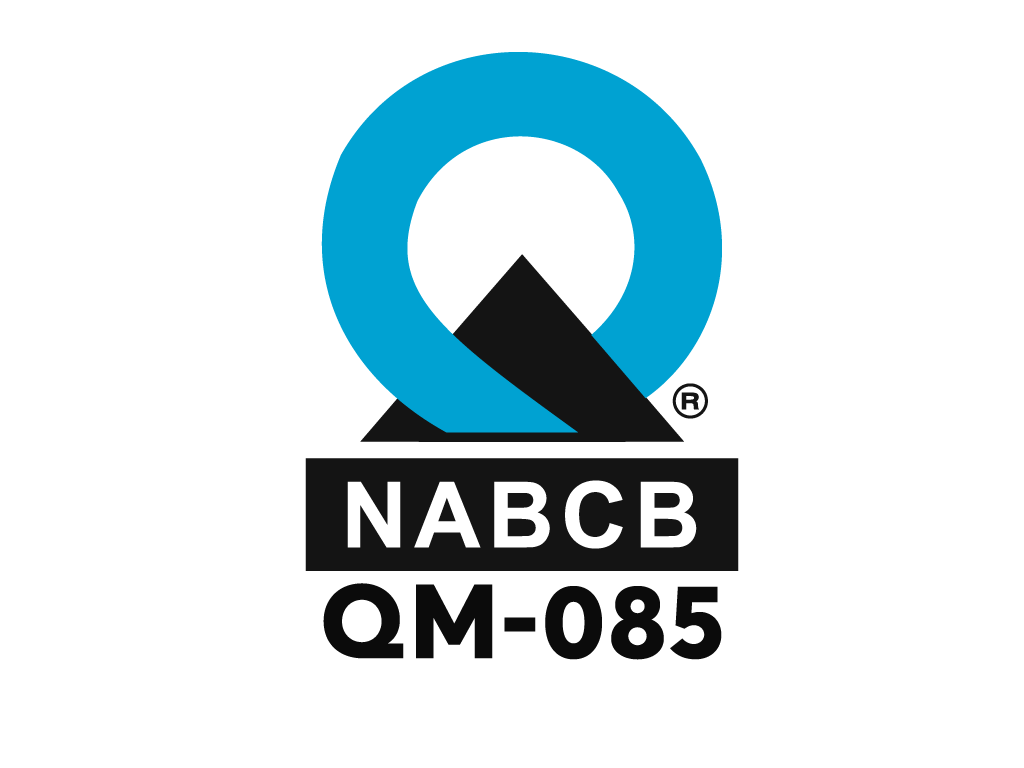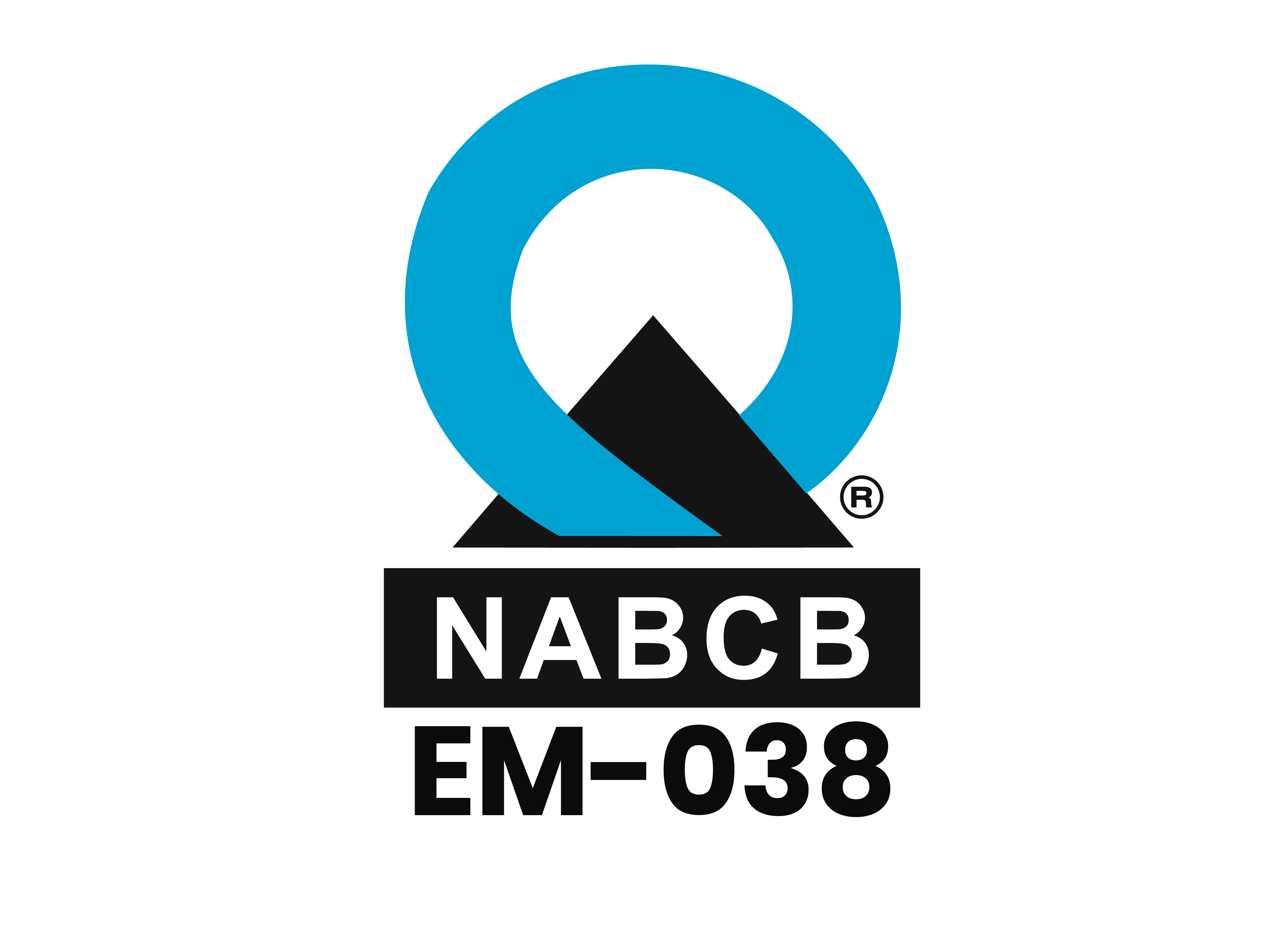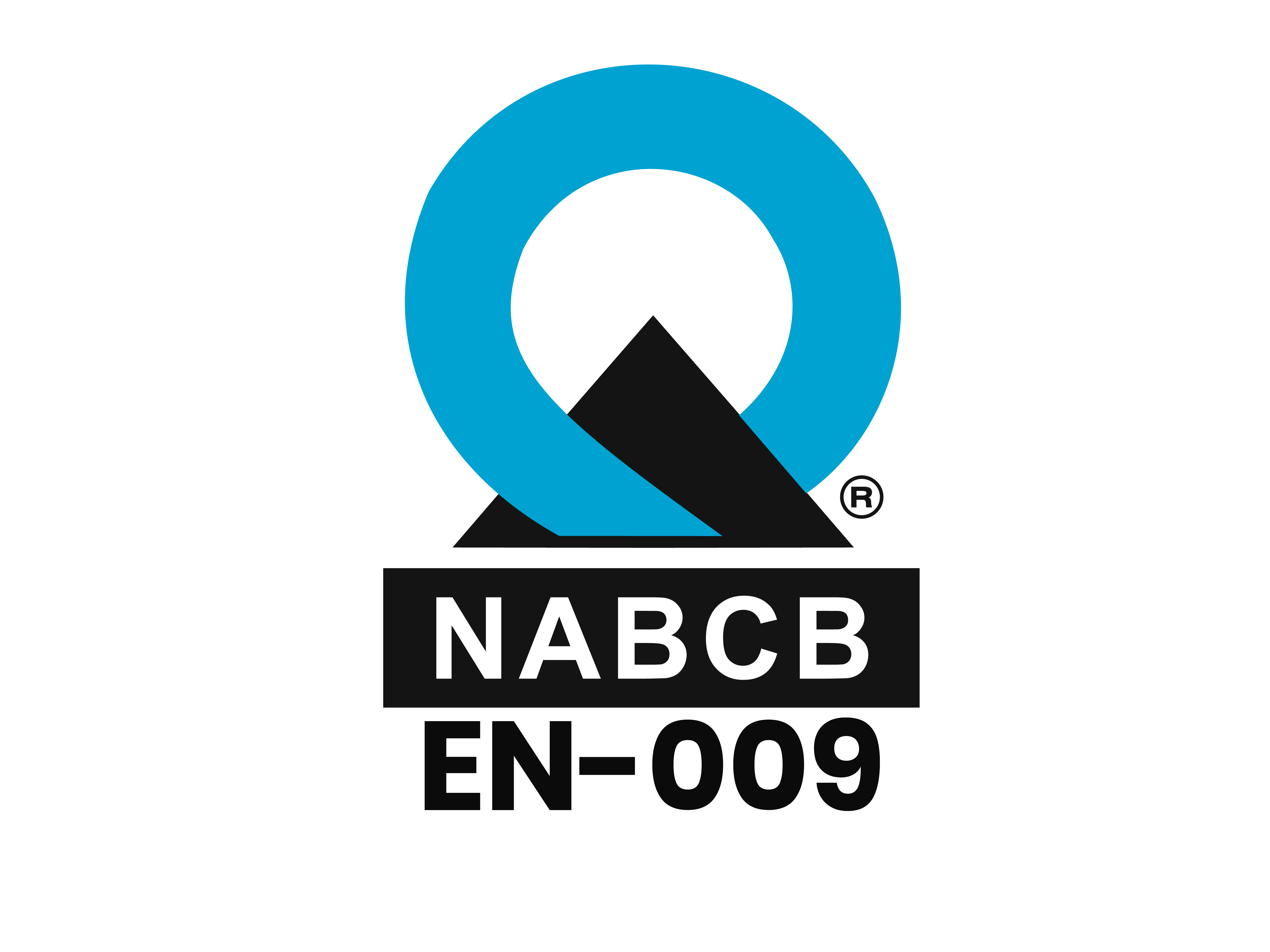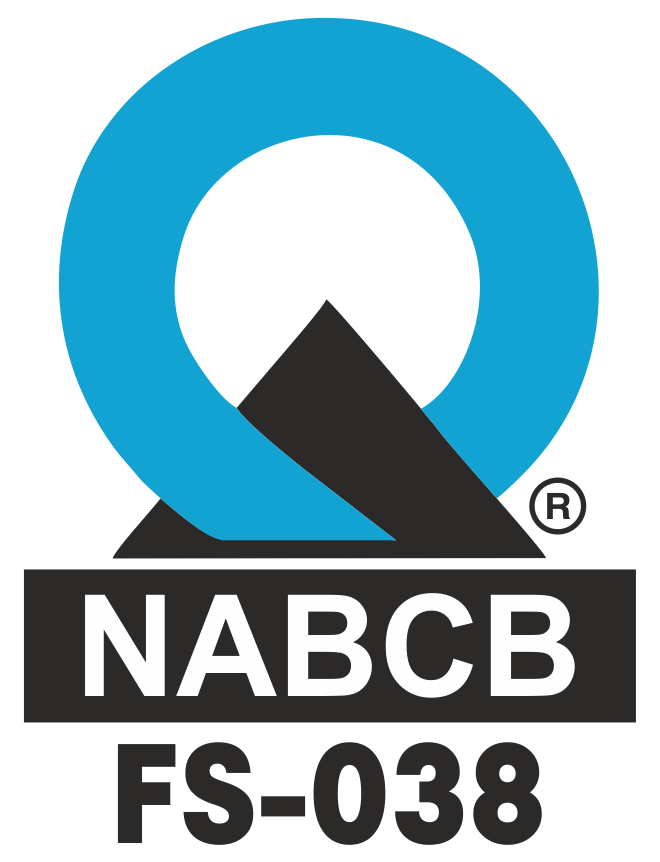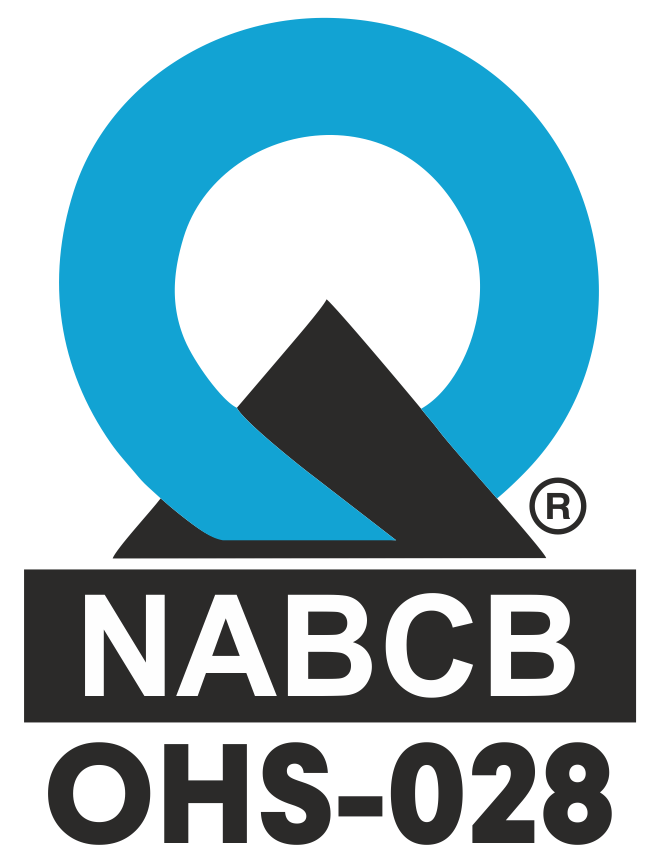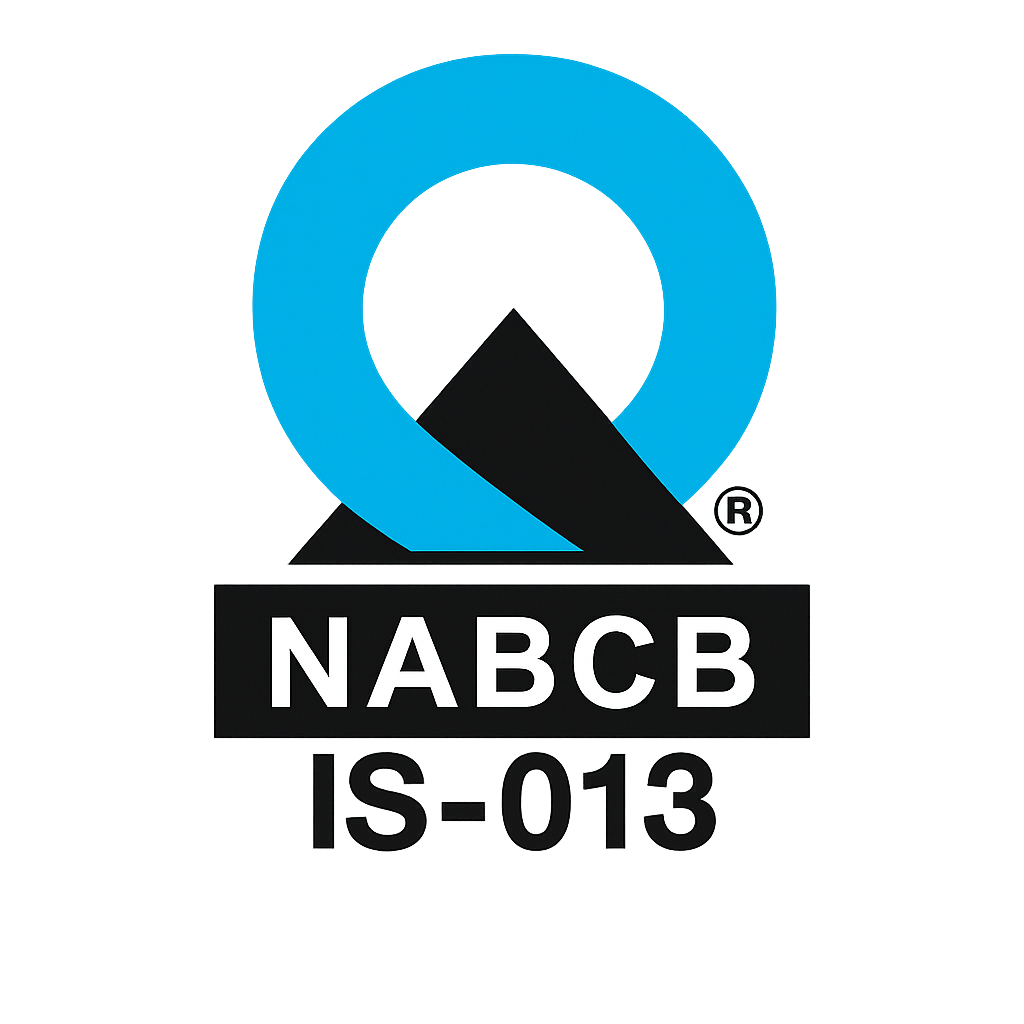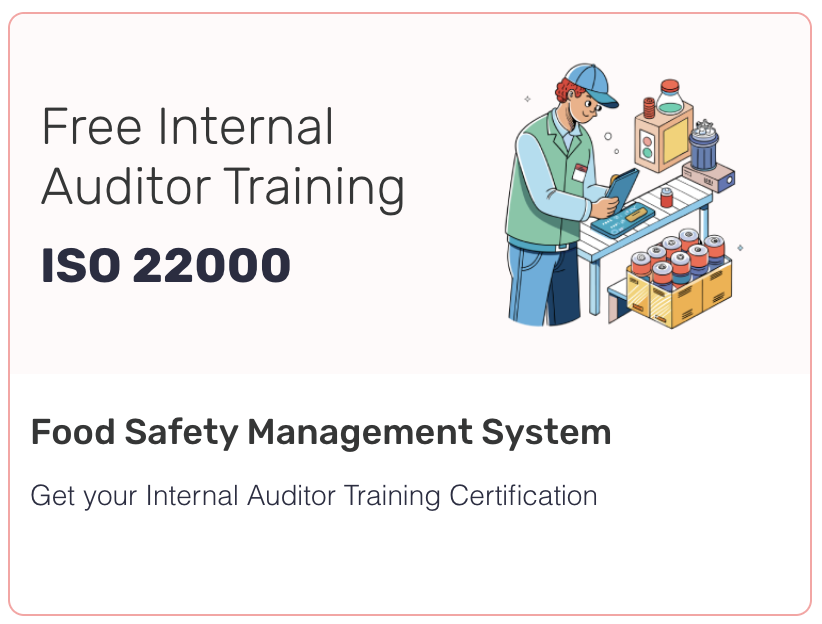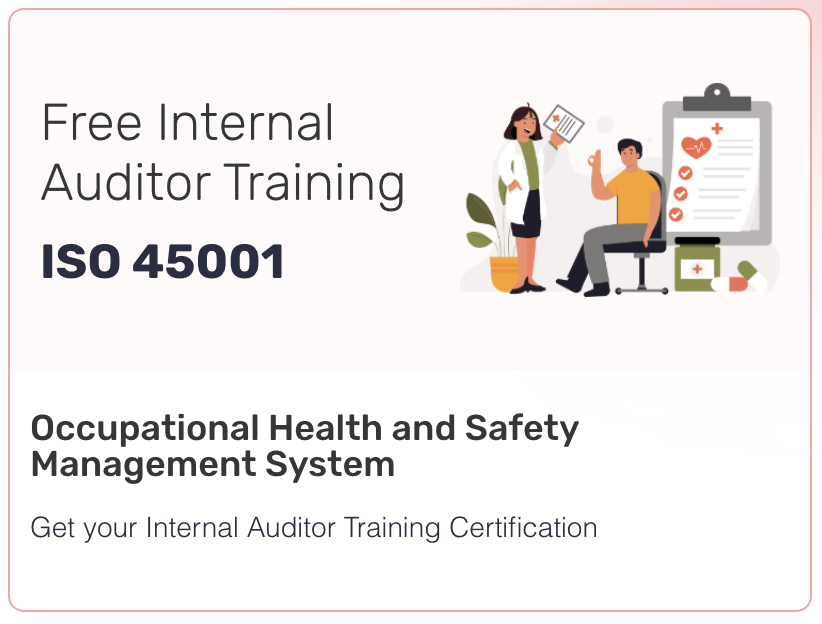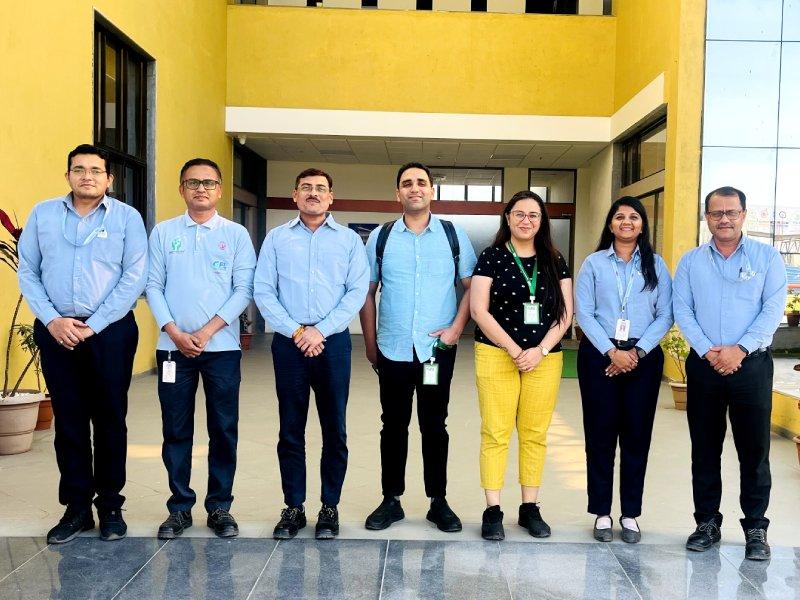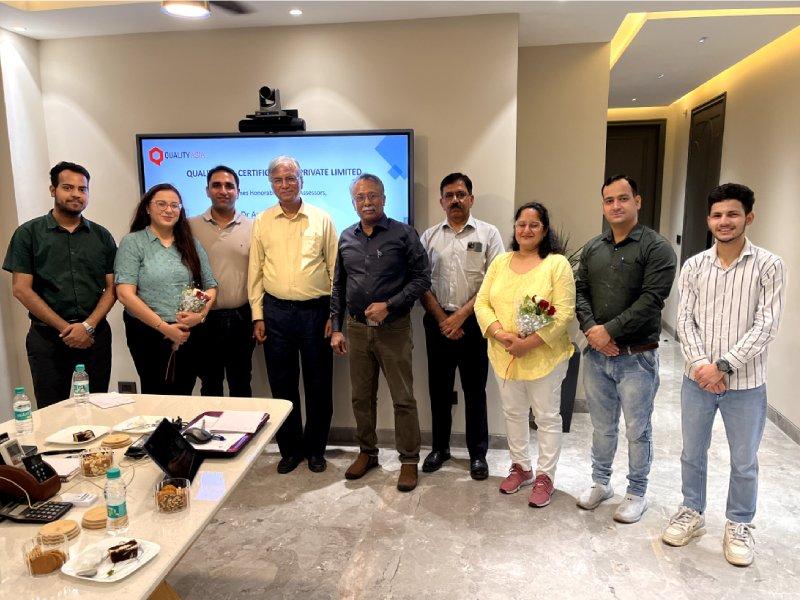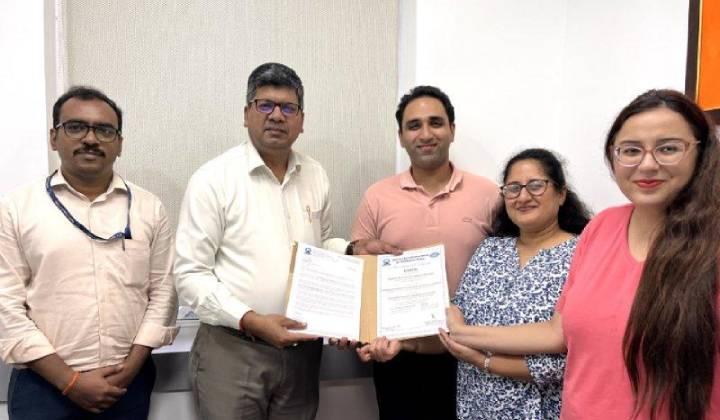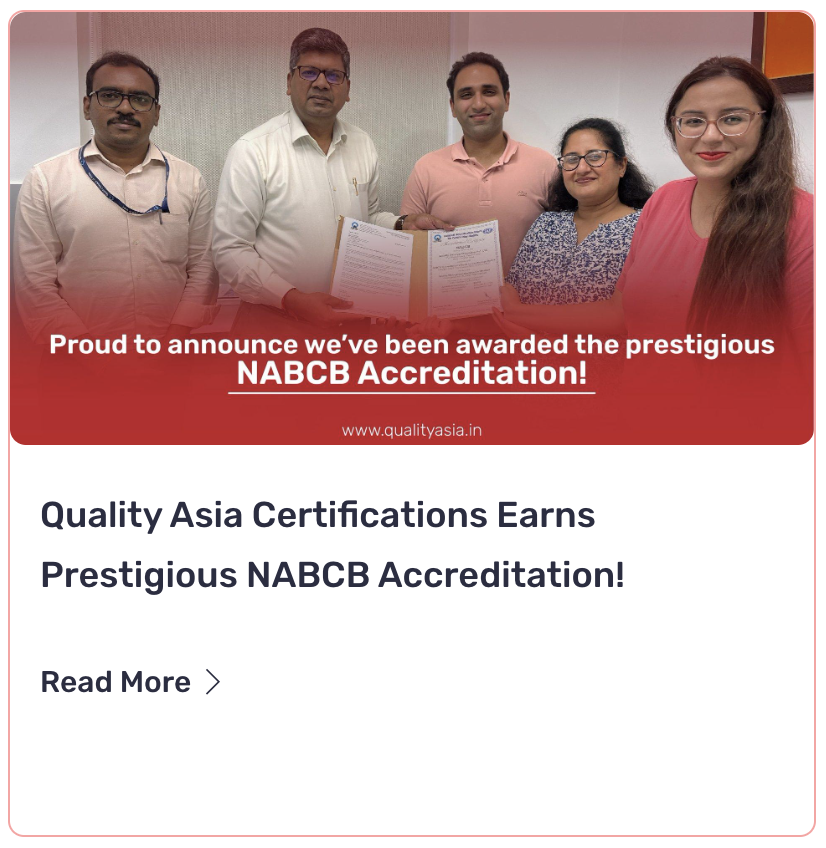Focusing on improving health and safety standards in garment manufacturing, fabric processing, dyeing, and related operations
🧵 ISO 45001:2018 for Textile Industries in Gurugram
ISO 45001 is the international standard for Occupational Health & Safety Management Systems (OHSMS). It helps textile factories proactively manage workplace health risks, prevent injuries, and create safer working environments — a must for labor-intensive industries like textiles.
🏭 Why Textile Companies in Gurugram Need ISO 45001
Gurugram’s textile sector — especially in areas like Udyog Vihar, Manesar, Sector 37, and IMT — houses hundreds of garment exporters, fabric processors, dye houses, and printing units. These units face constant health, safety, ergonomic, and fire hazards.
🔍 ISO 45001 Is Essential For:
- Garment & apparel manufacturing units
- Fabric dyeing and printing houses
- Textile export houses and warehouses
- Processing and finishing units
- Integrated textile clusters in Manesar/Udyog Vihar
✅ Key Benefits of ISO 45001 for Textile Units
- Reduces accidents, injuries, and occupational diseases
- Ensures compliance with Factories Act, Labor Laws, and Fire Safety Regulations
- Enhances employee confidence, morale, and retention
- Required by international buyers and CSR audits
- Complements ISO 9001, ISO 14001, GOTS, and SA8000
- Reduces downtime and compensation claims
⚠️ Common Health & Safety Hazards in Textile Units
| Process Area Typical Hazards | |
| Stitching/Assembly | Repetitive strain injury, poor ergonomics |
| Dyeing & Printing | Chemical exposure, burns, VOC inhalation |
| Boiler Room | Heat stress, explosion risk, confined spaces |
| Finishing/Ironing | Electric shock, burns, machine hazards |
| Packing & Dispatch | Slips, falls, manual lifting injuries |
| Fabric Cutting | Lacerations, eye injury, dust inhalation |
📋 Required ISO 45001 Documents for Textile Industry
- OH&S Policy
- HIRA (Hazard Identification and Risk Assessment) Register
- Legal and Regulatory Compliance Register (Factories Act, Pollution Control Board, etc.)
- Incident/Accident Register
- Fire Drill & Emergency Response Plan
- PPE Management Procedure
- Training & Induction Records
- Contractor Safety Policy
- Internal Safety Audit Reports
- First Aid Readiness Plan
🔁 ISO 45001 Certification Process
- Gap Assessment & Risk Identification
- Policy & System Documentation
- Implement Safety Controls & SOPs
- Conduct Trainings & Safety Awareness Sessions
- Internal Audit & Management Review
- Stage 1 & 2 Audit by Certification Body
- Certification Issued (Valid for 3 Years)
- Annual Surveillance Audits
🎯 OH&S Objectives Examples (Textile Sector)
- Achieve zero reportable accidents in next 12 months
- Train 100% employees on PPE and machine safety
- Conduct quarterly fire drills and mock evacuations
- Reduce manual handling injuries by 25%
- 100% compliance with Fire NOC and Building Safety regulations
🧩 Integrates Well With:
- ISO 9001:2015 – Quality Management
- ISO 14001:2015 – Environmental Management
- SA 8000 – Social Accountability
- GOTS / OEKO-TEX / ZDHC – For sustainability in textile production
✍️ Want Help Getting Certified?
I can help you with:
- Custom OH&S policy and objectives
- Ready-to-edit HIRA register for textile operations
- Internal audit and safety training formats
- Fire safety and emergency response templates
- Full documentation toolkit for ISO 45001:2018

